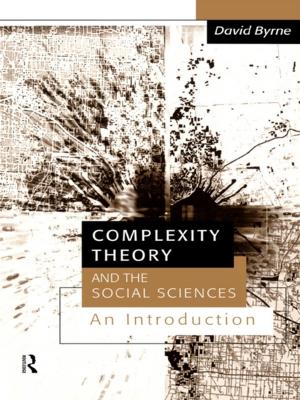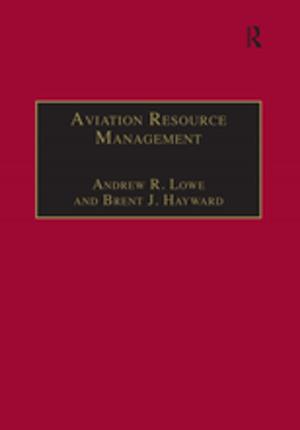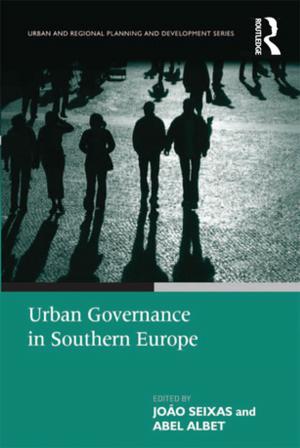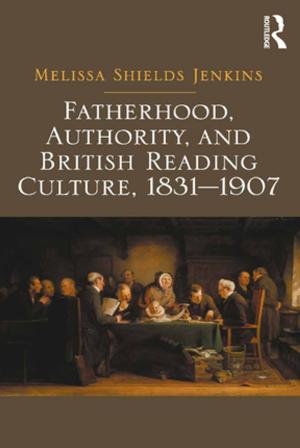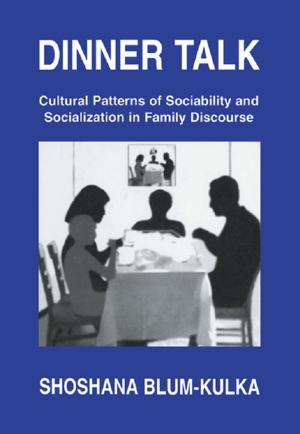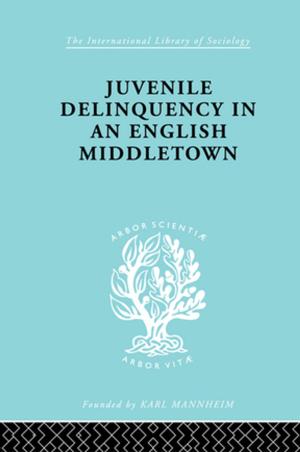Developing Literacy in Second-Language Learners
Report of the National Literacy Panel on Language-Minority Children and Youth
Nonfiction, Reference & Language, Education & Teaching, Educational Theory, Bilingual Education, Teaching| Author: | ISBN: | 9781351569552 | |
| Publisher: | Taylor and Francis | Publication: | September 25, 2017 |
| Imprint: | Routledge | Language: | English |
| Author: | |
| ISBN: | 9781351569552 |
| Publisher: | Taylor and Francis |
| Publication: | September 25, 2017 |
| Imprint: | Routledge |
| Language: | English |
This volume reports the findings of the National Literacy Panel on Language-Minority Children and Youth. The formal charge to the panel—a distinguished group of expert researchers in reading, language, bilingualism, research methods, and education—was to identify, assess, and synthesize research on the education of language-minority children and youth with respect to their attainment of literacy. Funding for the project was provided to the Center for Applied Linguistics and SRI International by the U.S. Department of Education’s Institute of Education Sciences and the Office of English Language Acquisition, with additional funding from the National Institute of Child Health and Human Development provided through the U.S. Department of Education.
The authors review the state of knowledge on the development of literacy in language-minority children and youth, organized around five specific themes:
*Development of Literacy in Second-Language Learners;
*Cross-linguistic Relationships in Second-Language Learners;
*Sociocultural Contexts and Literacy Development
*Educating Language-Minority Students: Instruction and Professional Development; and
*Student Assessment
Each part begins with a synthesis chapter that spells out the research questions for the chapters in that part, provides background information, describes the methodology used, summarizes the empirical findings reported, addresses methodological issues, and makes recommendations for future research. The following chapters provide more detail on the individual studies reviewed for specific research questions. The volume includes two opening chapters, “Introduction and Methodology” and “Demographic Overview”; a closing chapter that summarizes the report, identifies cross-cutting themes, and makes recommendations for future research; and a CD-ROM providing a searchable database of research references.
The audiences for this volume include researchers interested in the development of literacy in language-minority children and youth as well as those studying literacy more generally, and those concerned with improving the education of this population of students.
This volume reports the findings of the National Literacy Panel on Language-Minority Children and Youth. The formal charge to the panel—a distinguished group of expert researchers in reading, language, bilingualism, research methods, and education—was to identify, assess, and synthesize research on the education of language-minority children and youth with respect to their attainment of literacy. Funding for the project was provided to the Center for Applied Linguistics and SRI International by the U.S. Department of Education’s Institute of Education Sciences and the Office of English Language Acquisition, with additional funding from the National Institute of Child Health and Human Development provided through the U.S. Department of Education.
The authors review the state of knowledge on the development of literacy in language-minority children and youth, organized around five specific themes:
*Development of Literacy in Second-Language Learners;
*Cross-linguistic Relationships in Second-Language Learners;
*Sociocultural Contexts and Literacy Development
*Educating Language-Minority Students: Instruction and Professional Development; and
*Student Assessment
Each part begins with a synthesis chapter that spells out the research questions for the chapters in that part, provides background information, describes the methodology used, summarizes the empirical findings reported, addresses methodological issues, and makes recommendations for future research. The following chapters provide more detail on the individual studies reviewed for specific research questions. The volume includes two opening chapters, “Introduction and Methodology” and “Demographic Overview”; a closing chapter that summarizes the report, identifies cross-cutting themes, and makes recommendations for future research; and a CD-ROM providing a searchable database of research references.
The audiences for this volume include researchers interested in the development of literacy in language-minority children and youth as well as those studying literacy more generally, and those concerned with improving the education of this population of students.

